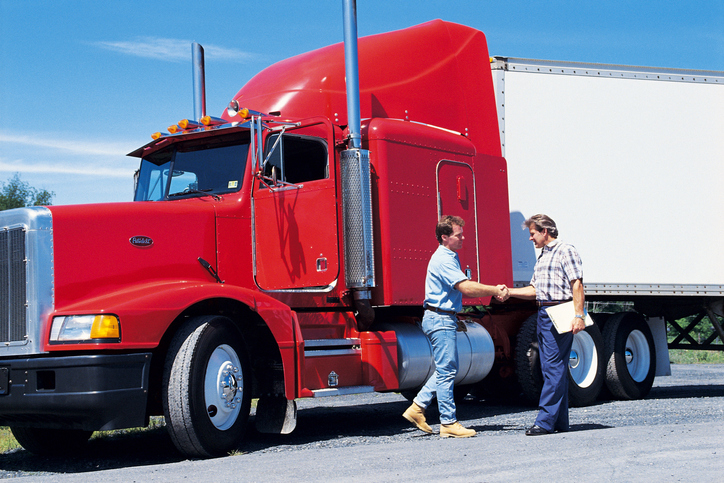Effectiveness is always a priority for freight carriers. When fuel is getting more and more expensive, it’s important to find ways of saving resources. Cargo transportation is one of these ways.
Backhaul: what is it?
The term ‘backhaul’ means a specific strategy in which a driver delivers goods while coming back to the origin point. In this situation, the truck is never empty.
There is a difference between backhaul and headhaul. The headhaul is a loaded freight that is delivered to the destination point. Speaking about backhaul, the driver delivers goods and takes another freight to deliver to the destination point located near the origin. All kinds of transport including refrigerators and trucks are used.
Stereotypes
The most common stereotype about a backhaul is that it brings more harm than good. It’s true that the choice of backhaul is as not selective as headhaul, freight carriers can find competitive tariffs, plan proper routes, and use these shipments for benefit.
If your plans contain goods delivery in low-volume areas, plan a backhaul in advance. If you are not able to do it, try to find some tools to help you.
Backhaul trucking: types
As a backhaul includes a freight replacement from the destination point to the origin one, you must know about two types that exist in this sphere.
Internal backhaul. It means that the company uses this strategy with its carpark. Large companies that have many trucks usually deliver goods to and from warehouses. For example, backhaul is useful for them as they can get back returned or damaged goods. Also, they usually take empty containers and boxes back.
External backhaul. The main part of backhauls is external. It means that companies cooperate with cargo carriers and brokers when need a backhaul. It may be realized for one company or some companies. The aim is to get damaged items and containers back.
Backhaul: advantages
Freight carrier aims to make money and always move. It explains why lots of carriers use internal backhauls. The advantages of backhaul are the following:
- An opportunity to use as many trucks as possible – in this case the drivers have fewer deadhead miles; it also means that operators don’t have a lot of work, and the carpark is used maximally;
- Increasing effectiveness – using the vehicles more effectively, you compensate the expenditures on maintenance;
- Increasing profit – when a truck runs from the origin point to destination one and then comes back, it cuts expenditures and increases profit.
Backhaul: problems
As we see a backhaul provides many advantages. So why don’t all carriers use it? Such way of freight shipment has some problems, including:
- Planning. Some freight carriers don’t pay too much attention to this. Such shipments can be planned immediately, but by having a detailed plan, you’ll have more advantages. It means you need to know about free space in a truck, optimal routes, and possible stops.
- Delays. For example, you plan a backhaul, but the driver delays during the headhaul. So using a backhaul service, it’s rather difficult to plan something.
Backhauls and profitability
The freight carriers make fixed payments and it doesn’t matter whether the driver runs an empty truck or not. So using a backhaul, you get some freight back and it saves money.

